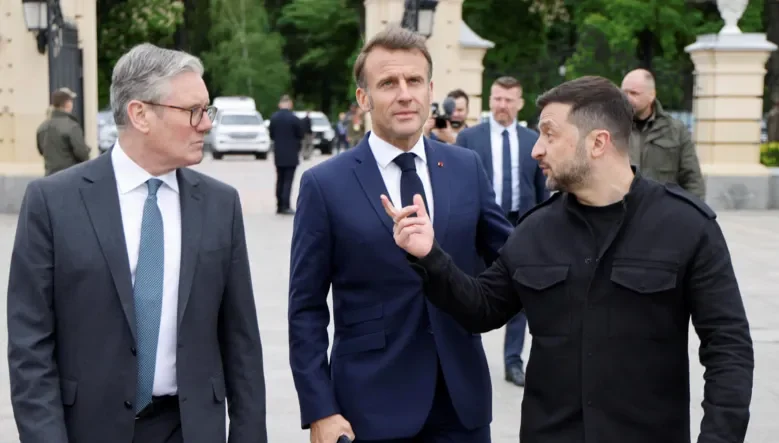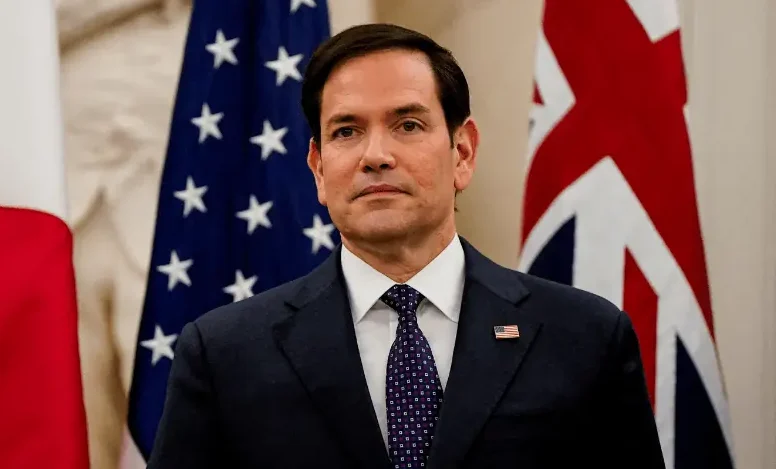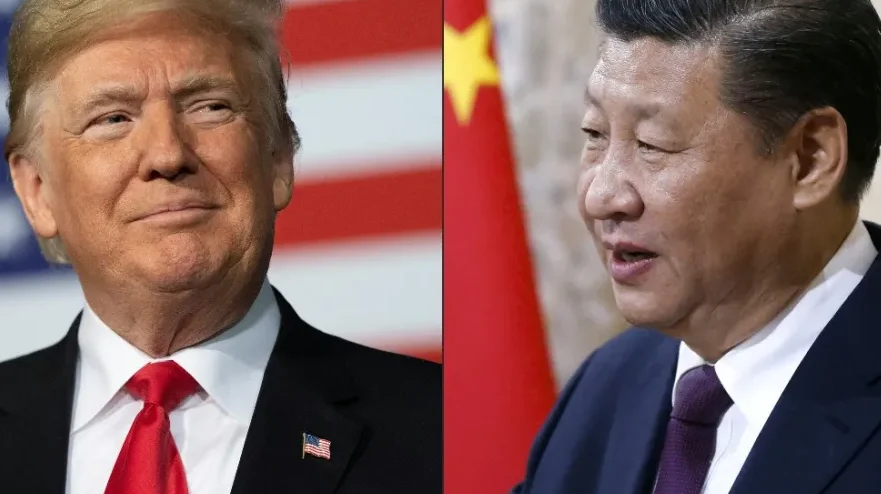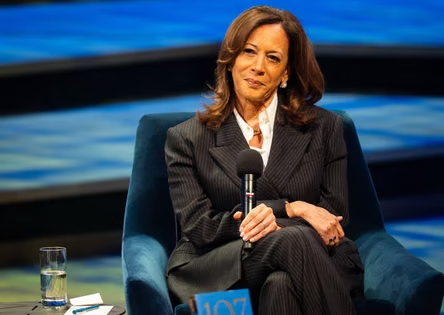In a move that caught many by surprise, European leaders are heading to Washington to prevent Ukraine from being pressured into surrendering on the battlefield. Analysts say the timing reflects broader concerns about long-term European security rather than immediate protection of President Volodymyr Zelensky.
Officials suggest the U.S. President’s sudden shift in strategy toward ending the war in Ukraine has alarmed Europe. According to diplomats, former President Donald Trump not only rejected calls for a ceasefire but also indicated he has no plans to impose additional economic sanctions on Russia.
The result: European heads of state and leaders of the European Union and NATO are determined to avoid both escalation and forced concessions by Kyiv.
French President Emmanuel Macron warned, “Only one state is proposing peace that involves surrender: Russia.”
The urgency was compounded by personal schedules. Leaders often adjust plans during August, when many are on vacation. Macron was enjoying water sports on the French Riviera, while Italian Prime Minister Giorgia Meloni was in Greece. But the potential threat posed by Trump’s policy shift after his meeting with President Vladimir Putin pushed European leaders to act swiftly.
Diplomats report that Meloni initiated the call to Washington, followed closely by Macron, eventually drawing in other European leaders. Over the weekend, they conducted at least five separate group calls to coordinate their approach.
One European official described the situation as moving at “an unprecedented pace,” adding, “The U.S. sees this as striking while the iron is hot. Our question is: what are we trying to achieve here?”
Europe’s long-standing position has been that Putin must demonstrate a genuine commitment to peace, including a ceasefire. But following Trump’s recent decisions, the calculus changed. European leaders now face a critical moment: how to de-escalate without triggering a crisis.
Their mission in Washington is twofold: first, to counter the idea that peace can only be achieved by handing Ukraine over to Russia; second, to ensure that any discussion of security guarantees addresses broader European safety, not just Kyiv’s future.
A British diplomat emphasized, “This is fundamentally about our continent’s security. Any final agreement will need to secure Europe, not just Ukraine.”
European leaders aim to convince Trump of two key points: territorial and security questions cannot be separated from broader European guarantees, and such guarantees must be more than verbal promisesmust include tangible, long-term military and financial support.
U.S. negotiators are discussing NATO-style assurances that Western allies will come to Ukraine’s defense against future Russian aggression. However, uncertainty remains over how Trump would respond.
Europe’s argument is clear: telling Putin “do not attack” is not enough. Kyiv’s security will only be guaranteed if it remains militarily capable, backed by sustained support—including weapons supplied by European countries and intelligence sharing with the United States. This approach directly rejects Russian demands to demilitarize Ukraine.
The challenge for Europe is applying sufficient pressure without triggering a negative reaction. The delegation was assembled at the last minute, with some disagreement over how far Europe should commit to Ukraine’s future security.
Questions remain about the role of a potential Europe-based guarantee force in Ukraine. For now, the priority is slowing the process and ensuring that any territorial exchange discussions are part of a structured negotiation, rather than rushed.
Ultimately, European leaders are exploring the possibility of a trilateral summit with Trump, Zelensky, and Putin, aiming to establish overarching principles for any future agreement and set a framework for negotiationsbut only once a ceasefire is in place.






